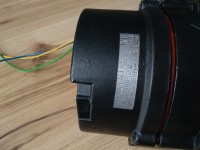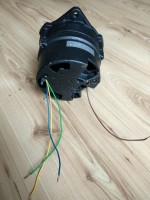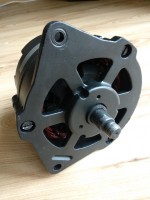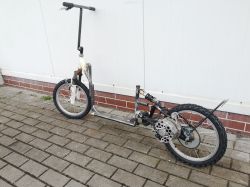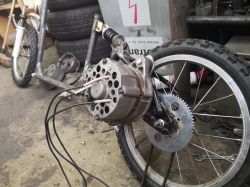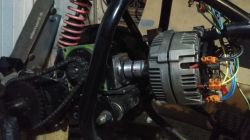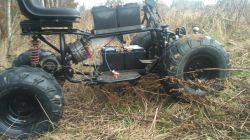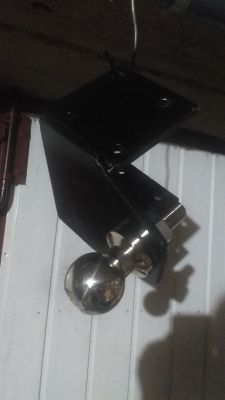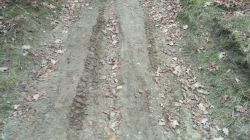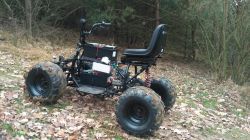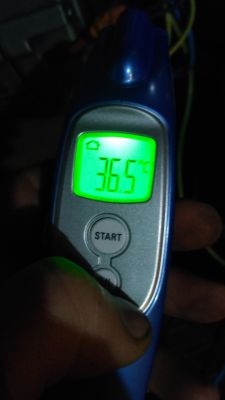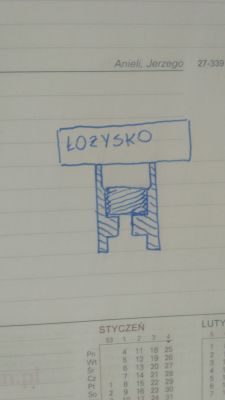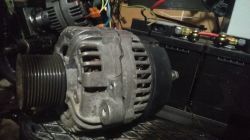Hello!
I need a high-power motor, powered by 12-36v, but I don't want to spend PLN 500 on the motor + controller.
I came up with the idea to use a car alternator, read a bit about it and it turned out that I needed one
modeling BLDC driver (I would build it myself but I do not have enough experience).
I am asking for help in choosing a driver (as cheap as possible) and more information to put it together.
I need a high-power motor, powered by 12-36v, but I don't want to spend PLN 500 on the motor + controller.
I came up with the idea to use a car alternator, read a bit about it and it turned out that I needed one
modeling BLDC driver (I would build it myself but I do not have enough experience).
I am asking for help in choosing a driver (as cheap as possible) and more information to put it together.



